When it comes to heavy-duty demolition, remodeling, or even simple DIY projects, one tool stands above the rest: a reciprocating saw. Known for their raw power and versatility, these tools are often called Sawzalls (a brand name that became synonymous with the tool itself). Whether you’re cutting through pipes, nails, rebar, or thick steel, the success of the job depends largely on choosing the right blade.

Why Blade Choice Matters for Reciprocating Saws
Unlike a circular saw, which uses a rotating disc blade, reciprocating saws rely on a push-and-pull motion. This makes them excellent for demolition and for cutting in tight or awkward spaces. But it also means the blade takes on a lot of stress.
Additionally, an analysis in Wear journal examined the wear mechanisms and sawing performance of carbide and polycrystalline diamond (PCD) teeth. The study highlighted that carbide teeth offer enhanced durability and performance, especially when cutting through hard metals.
The wrong blade will:
- Dull quickly against metal.
- Break under stress.
- Leave rough or jagged cuts.
- Waste your time and effort.
On the other hand, the best sawzall blades are designed for specific materials. If you’re working on steel pipes, you’ll need a different blade than if you’re using a wood pallet saw to break down shipping crates.
That’s why choosing the right Sawzall blade guide is essential.
What to Look for in the Best Sawzall Blade for Metal
When selecting a reciprocating saw blade for nails, metal, or rebar, here are the main factors to consider:
1. Material of the Blade
- High Carbon Steel (HCS): Flexible, inexpensive, but not suitable for metal. Best for wood.
- Bi-Metal: A mix of high-speed steel teeth and a flexible carbon steel body. Great durability and excellent for cutting metal.
- Carbide-Tipped or Carbide-Grit: Premium blades designed for the toughest metals, cast iron, and stainless steel.

👉 For metal, bi-metal or carbide is your best bet. Like EZARC’s carbide-tipped blades, for example, are engineered for maximum durability and are popular among pros tackling steel and cast iron.
2. The TPI (Teeth Per Inch)
A blade's TPI determines how fine or aggressive the cut is:
- From 6–10 TPI: Is Best for wood and fast cutting.
- 14–18 TPI: Good for thin metal sheets, EMT conduit, and pipes.
- 20–24 TPI: Ideal for cutting thick metal or stainless steel.
A general rule: The harder the material, the higher the TPI.
EZARC offers a variety of TPI options, which makes them a reliable choice if you need a complete kit covering both wood and metal applications.
3. Blade Length

Sawzall blades typically range from 4 to 12 inches. Longer blades are better for plunge cuts or thicker materials, while shorter blades give more control.
For cutting metal pipes or nails, a 6–9 inch bi-metal blade is usually the sweet spot. EZARC’s 6-inch bi-metal blades are particularly popular for quick, precise cuts.
4. Coatings and Special Features
Some blades have titanium or cobalt coatings to reduce heat and friction, extending their life. Others are designed with reinforced tooth geometry for faster cutting through hard metals.
Top Picks: The Best Sawzall Blades for Metal
Here are some examples of blade types that excel at cutting metal:
- Bi-Metal 14–18 TPI Blades – Great for general use, cutting through metal studs, thin pipes, and sheet metal. (EZARC’s bi-metal series is a reliable choice here.)
- Carbide-Tipped Blades (8–10 TPI) – Designed for extreme durability and cutting through thick cast iron or hardened steel. EZARC’s carbide range is engineered for exactly this.
- Specialized Nail-Embedded Wood Blades – If you’re working with pallets or reclaimed wood, blades like EZARC’s nail-embedded wood models cut wood while also handling the surprise of hidden nails.
Reciprocating Saw Blades for Different Projects
While we’ve focused on metal so far, let’s broaden the scope with a reciprocating saw blades guide for other common tasks.
Cutting Wood
For wood, especially demolition or construction projects, you’ll want the best reciprocating saw blades for woodwith fewer teeth (6–10 TPI). This allows fast, aggressive cuts.
- High Carbon Steel blades are fine for softwood.
- Bi-metal blades are better if there’s a chance of hitting nails.
EZARC makes demolition-style blades designed for fast wood cutting while withstanding embedded nails.
Cutting Pallets
Pallet wood is notoriously rough, often containing staples, nails, and hardwood slats. That’s why choosing the best saw to cut pallets is important. While you could use a circular saw, most DIYers and pros prefer reciprocating sawsbecause they can maneuver between pallet boards and cut nails directly.
For pallets, look for:
- Pallet blades with 10–14 TPI for mixed wood and nails.
- A wood pallet saw blade reinforced with bi-metal teeth for nail resistance.
- Compact 6-inch blades for precision cuts in tight pallet corners.
👉 EZARC makes several pallet saw blades specifically designed to handle both wood and metal fasteners, making them a go-to option for pallet recycling.
Multi-Material Use
Sometimes, you need one blade to handle a bit of everything—wood, metal, nails, and plastics. Multi-purpose reciprocating saw blades with 10–14 TPI can do the job. While not as efficient as a specialized blade, they’re great for demolition where you encounter surprises.
EZARC offers multi-material demolition kits, which are perfect for contractors who don’t want to switch blades constantly.
Sawzall Blade Guide: Common Mistakes to Avoid
When choosing blades, many people make these common mistakes:
- Using Wood Blades on Metal – Wood blades (low TPI) will burn out almost instantly against steel or nails.
- Using the Wrong Length – Too long a blade will bend; too short won’t cut deep enough.
- Not Letting the Blade Do the Work – Forcing the saw reduces blade life and can snap teeth.
- Ignoring Coatings – Coated blades often last 2–3 times longer, especially on hard metals.
Maintenance Tips for Longer Blade Life
- Always match blade TPI to material.
- Keep blades cool by easing off pressure—overheating dulls them faster.
- Store blades properly; avoid moisture to prevent rust.
- Replace dull blades promptly. A sharp blade saves your saw motor and your arms.
Recap: The Best Sawzall Blade for Metal
If your project involves cutting steel pipes, rebar, or nails, the best Sawzall blade for metal is a bi-metal or carbide-tipped reciprocating saw blade with 14–24 TPI, depending on thickness.
For pallets or demolition, choose a wood pallet saw blade with bi-metal construction that can handle nails. If versatility is key, a multi-material blade offers the best balance.
Brands like Milwaukee, Diablo, and EZARC are trusted names in this space, with EZARC standing out for offering blades designed specifically for metal, pallets, and multi-material demolition.
Come check out EZARC's vast line up of reciprocating saws!

Final Thoughts
Reciprocating saws are some of the most versatile power tools you can own. From construction to demolition, from cutting wood pallets to slicing through thick steel, they can handle it all—if you pair them with the right blade.
By following this reciprocating saw blades guide, you’ll not only save time but also extend the life of your blades and your saw.
So next time you’re shopping for the best saw to cut pallets, looking for a reciprocating saw blade for nails, or just searching for the best reciprocating saw blades for wood, remember: the key to performance lies in choosing the right blade for the job. And if you want a reliable, pro-grade option, EZARC reciprocating saw blades are an excellent choice.

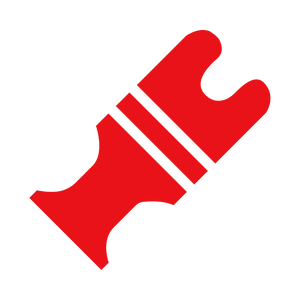 Oscillating Multi-Tool Blades
Oscillating Multi-Tool Blades
 Reciprocating Saw Blades
Reciprocating Saw Blades
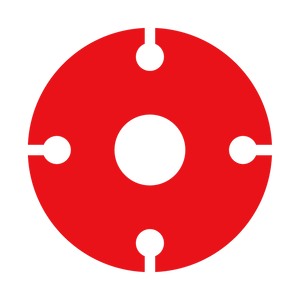 Cutting & Grinding
Cutting & Grinding
 Hole Saw
Hole Saw
 Drilling
Drilling
 Sanding & Polishing
Sanding & Polishing
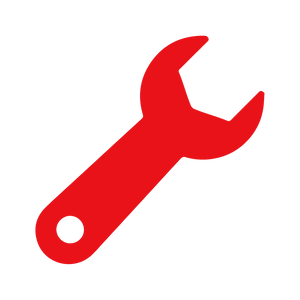 Hand Tools
Hand Tools
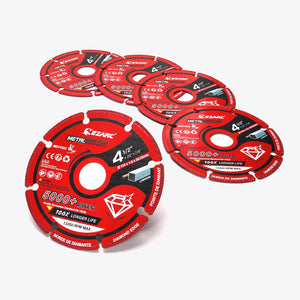 Metalworking & Fabrication
Metalworking & Fabrication
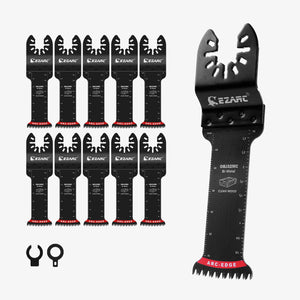 Woodworking & Furniture Making
Woodworking & Furniture Making
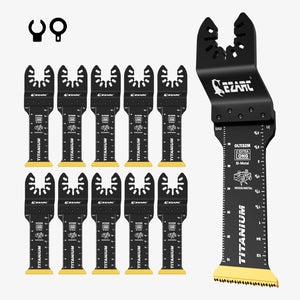 Plumbing & Electrical Installation
Plumbing & Electrical Installation
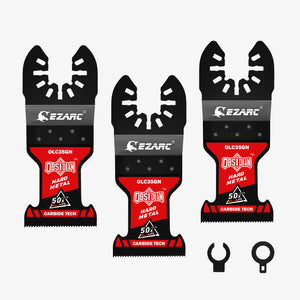 Construction & Renovation
Construction & Renovation
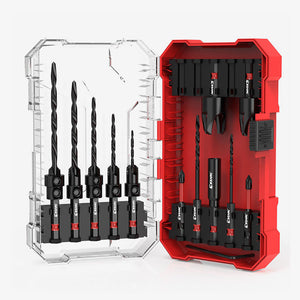 Window & Door Repair
Window & Door Repair
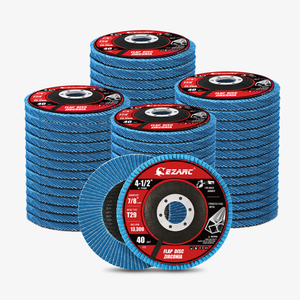 Rust Removal & Surface Cleaning
Rust Removal & Surface Cleaning
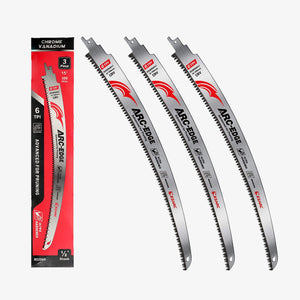 Gardening & Outdoor Projects
Gardening & Outdoor Projects
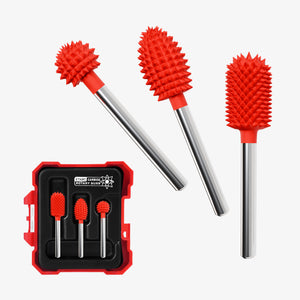 Art & Creative Projects
Art & Creative Projects
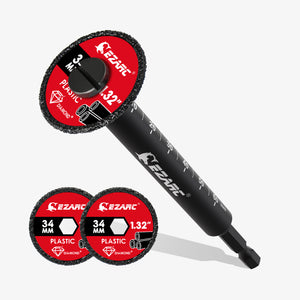 NEW ARRIVALS
NEW ARRIVALS





发表评论
此站点受 hCaptcha 保护,并且 hCaptcha 隐私政策和服务条款适用。